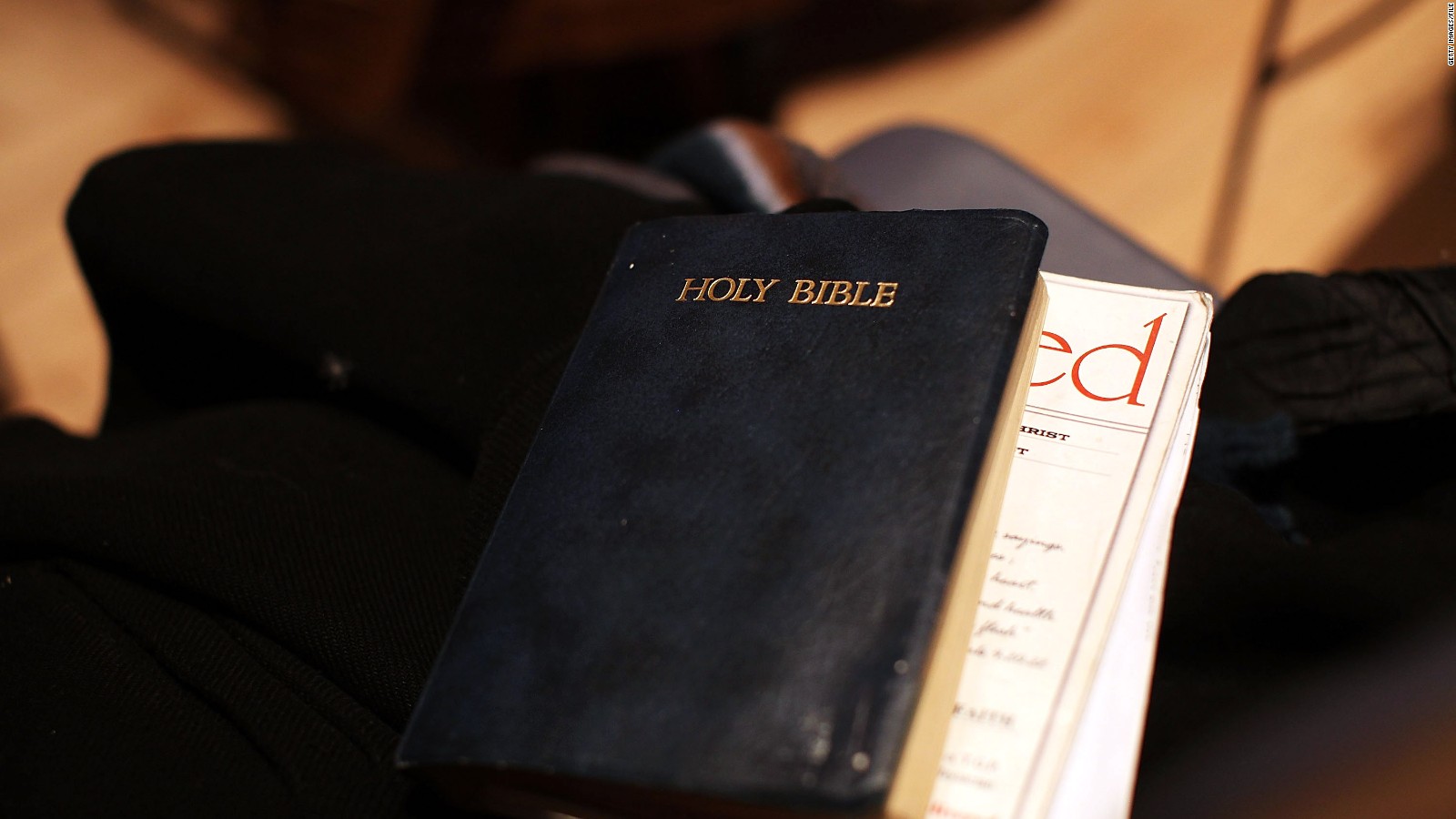A Catholic reads the Bible, week 6: Going back to the roots

Reading the Bible daily helps CNN's Laura Bernardini feel a deeper connection to her religious roots.
Story highlights
- CNN's Laura Bernardini absorbs the fundamentals and foundation of Jewish tradition
- Words from her reading seem to jump to life in folk art mural in her hometown, she says
Laura Bernardini is director of coverage in CNN's Washington bureau. The views expressed in this column belong to Bernardini.
(CNN)This is week six of an ongoing series: A Catholic Reads the Bible. Read week one, week two and week three.
After five weeks and 100 pages of reading the Bible, this week felt like a break.
Leviticus isn't heavy in stories about a scary God or an inspiring Joseph. Instead, I felt like I was getting the chance to read about the fundamentals and foundation of the Jewish tradition.
The end of Exodus and the beginning of Leviticus focused on how the Tabernacle should be constructed. Then it moved into the garments and colorful fabrics contained in the Tabernacle. It felt like a dose of Architectural Digest or Vogue: The Divine Edition.
The Tabernacle blueprints were followed by the animals that should be sacrificed to honor God or to ask for forgiveness. And the basis of kosher rules can be read in these pages. There were lots of animal parts that need to be discarded and blood spilled to make it right. And I learned camels are not clean animals. I found these details fascinating.
I grew up a few blocks from Ohavi Zedek Synagogue in Burlington, Vermont. I was the Saturday baby-sitter during services. My parents had bought our home from a Jewish family. My mother left the mezuzahs on the doors of all our rooms. She has always believed that a blessing is a blessing regardless of the religion.
When I was the baby-sitter at the synagogue, I asked a lot of questions about Judaism, but until I read this section, I really didn't understand the fundamentals had been laid out in the second and third book of the Bible or Torah, as Jews know it.
I happened to be home this weekend and passed Ohavi Zedek, which appeared under construction. When I asked my mother why the front door had been removed, she told me about the effort to preserve a mural discovered in another part of Burlington and recently had been moved to the synagogue.
As I was writing this week's installment, I got curious about the mural. I hadn't seen it, but the archivist of the synagogue is an old family friend (and yes, I baby-sat for his children). He had mentioned it to me a few years ago, but I hadn't followed up on the story and hadn't seen the mural.
And then I clicked on its website and just felt like the words I had read jumped to life.
The mural is incredible, like watching my reading this week come to pictorial life. The folk art mural was painted in 1910 by a Lithuanian immigrant to Burlington. The draping and the tablets and the interpretation took me back to the Bible. This priceless piece of art, once hidden in an apartment building was, somehow, saved. Divine intervention, anyone?
My homecoming this weekend also gave me a chance to talk about this project with the people closest to me.
I realized, stepping away from my desk in Washington, how much reading and reflecting on the Bible every day has meant to me. I look forward to my three pages a day and the process of writing these reflections. And regardless if I find God scary or disconcerting, the reading is helping me feel a deeper connection to my religious roots, my familial faith.

No comments:
Post a Comment